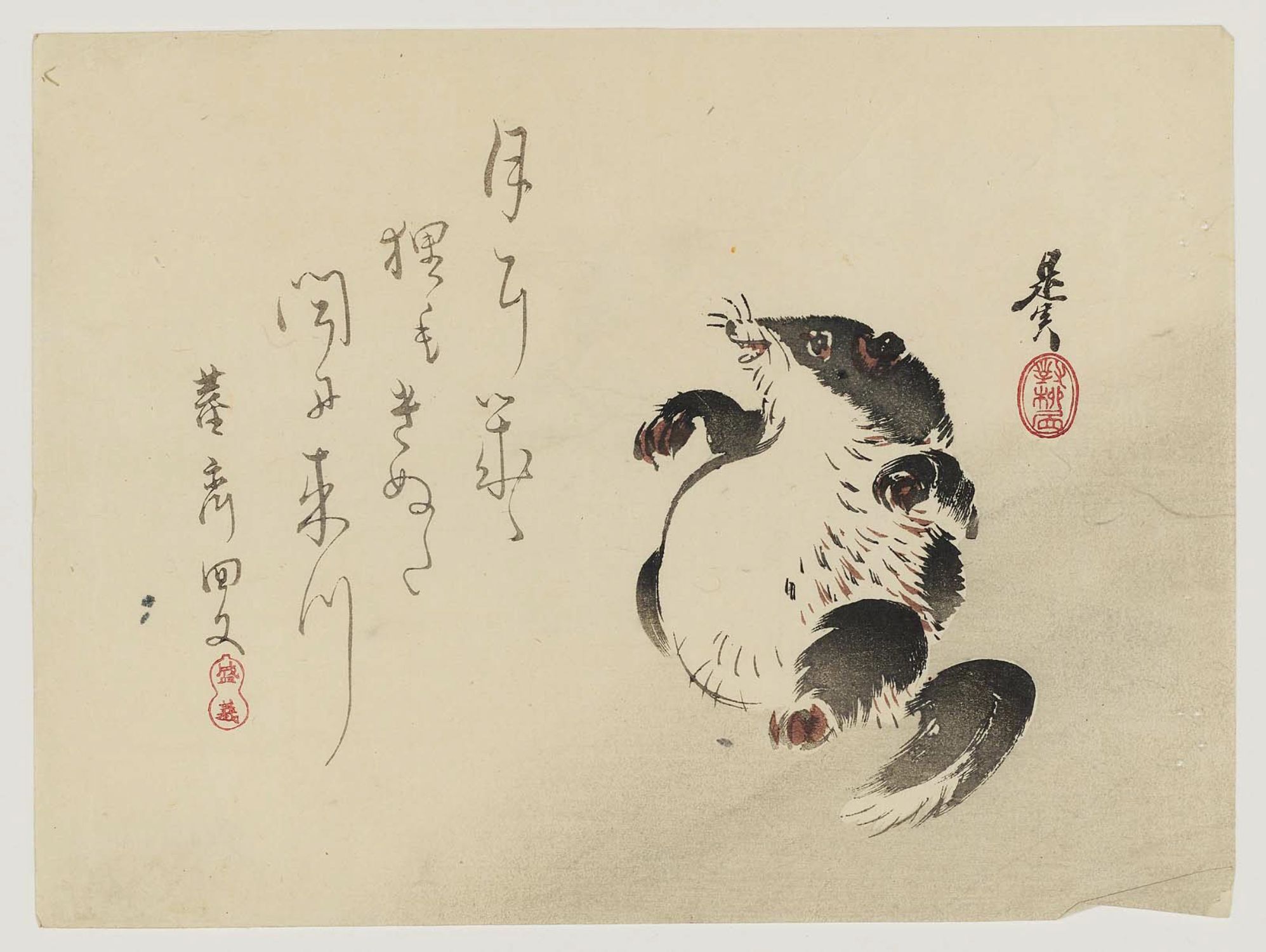
Shibata Zeshin Racoondog (Tanuki) Museum of Fine Arts Ukiyoe Search
Tanuki magically disguises self as cat to get food; Japanese family find creatives solution after "tanuki" sends daughter letter, promises play date; Japan is so polite that even this adorable raccoon dog gives thank-you presents; These gross ukiyo-e pictures showcase enterprising uses for really huge tanuki balls

Did you know that the tanuki has been significant in Japanese folklore
Ukiyo-e (浮世繪): History and Significance. Ukiyo-e is a type of Japanese woodblock printing that originated in the Edo period (1603-1868). The term "ukiyo-e" translates to "pictures of.
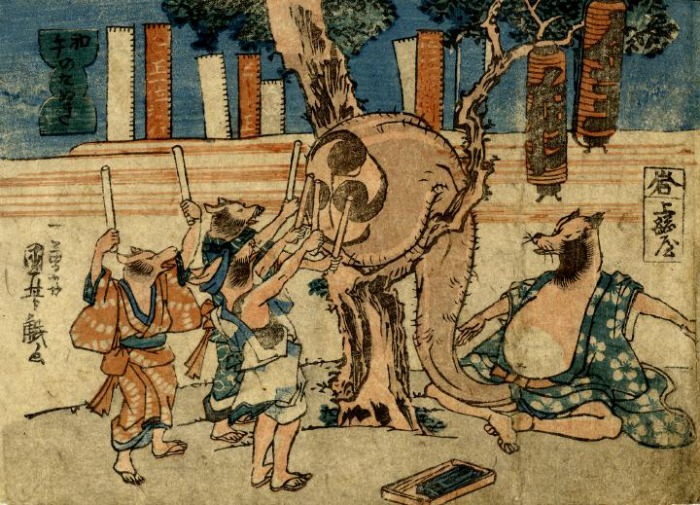
El monstruo invitado el Tanuki Creativo en Japón
The son of silk dyer, Kuniyoshi Utagawa was born into the Igusa family in Edo. Little is known about his very early years, though he is said to have shown remarkable talent from a young age. Kuniyoshi began his ukiyo-e career as a pupil of Shunei. At age 14 he was accepted to study the art of woodblock printing under Toyokuni I and, in time.

Kawanabe Kyōsai 河鍋 暁斎 Tanuki 狸 Relaxation and Tanuki Affliction
Ukiyo-e is a genre of Japanese art that flourished from the 17th through 19th centuries. Its artists produced woodblock prints and paintings of such subjects as female beauties; kabuki actors and sumo wrestlers; scenes from history and folk tales; travel scenes and landscapes; flora and fauna; and erotica.The term ukiyo-e translates as 'picture[s] of the floating world'.

Ukiyoe style pop culture icons [shown here... tanuki☼kimono
Tanuki warming itself in front of heater warms the hearts of Japanese Twitter users 【Pics】 The surprising and little-known Japanese art of gyotaku: culinary prints made with real fish; Artist recreates famous Japanese ukiyo-e paintings using fine wines; Beautiful ukiyo-e woodblock print artwork appears on three of Japan's premium beer brands
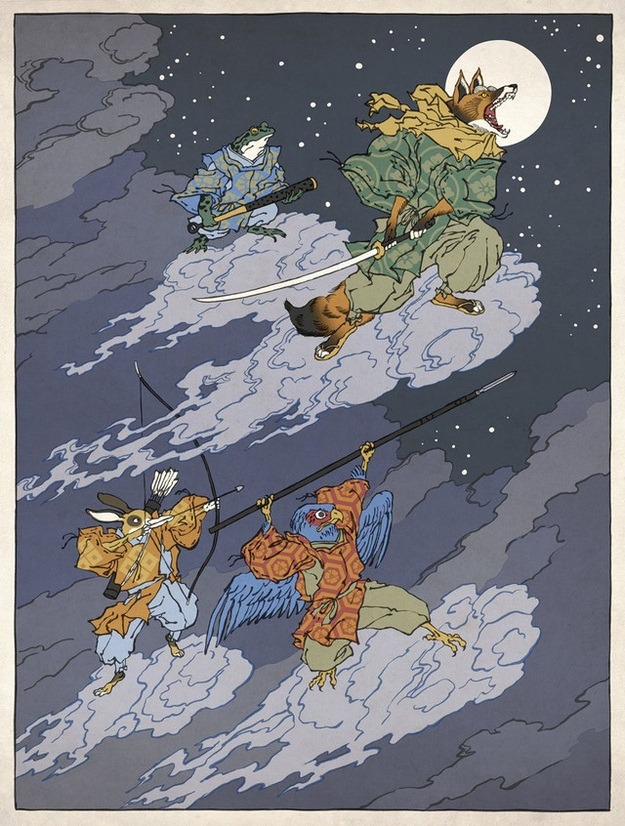
Ukiyoe style pop culture icons [shown here... tanuki☼kimono
Like the karasu tengu they are known for their martial arts skills and will train warriors, as depicted in many of the ukiyo-e prints further along in this post. They are able to communicate without speaking, having powers of telepathy.. 'Tengu and Tanuki' - Tsukioka Yoshitoshi, 1881. 'Spring Mountains' - Totoya Hokkei, 1830.

tanuki fight, squirrel huge testicles, historic, vintage ukiyoe Japan
The craze for tanuki parts took off in the Edo period, when ukiyo-e artists began to illustrate it all in a "Tanuki Art" style. Where to see Japanese tanuki? If you want to have a mystical encounter with tanuki, we recommend going to Akihabara, there is a shrine dedicated to tanuki that dates back to the late 17th century.

Tanuki and Rabbit, Japanese, Edo period, MFA Collection. Japanese
Artist: Utagawa Kuniyoshi Title: Tanuki Hunting with Nets (Tanuki no amiuchi) (T) and Tanuki Travelling (Tanuki no ôrai) (B), from an untitled series of Tanuki (Raccoon-dogs) Date: 1843-44 Details: More information. Source: Museum of Fine Arts Browse all 37,142 prints. Download Image

Tsukioka Yoshitoshi Tengu and Tanuki Museum of Fine Arts Ukiyoe
Japanese: ukiyo-e, (Japanese: "pictures of the floating world") one of the most important genres of art of the Tokugawa period (1603-1867) in Japan. The style is a mixture of the realistic narrative of the emaki ("picture scrolls") produced in the Kamakura period and the mature decorative style of the Momoyama and Tokugawa periods.
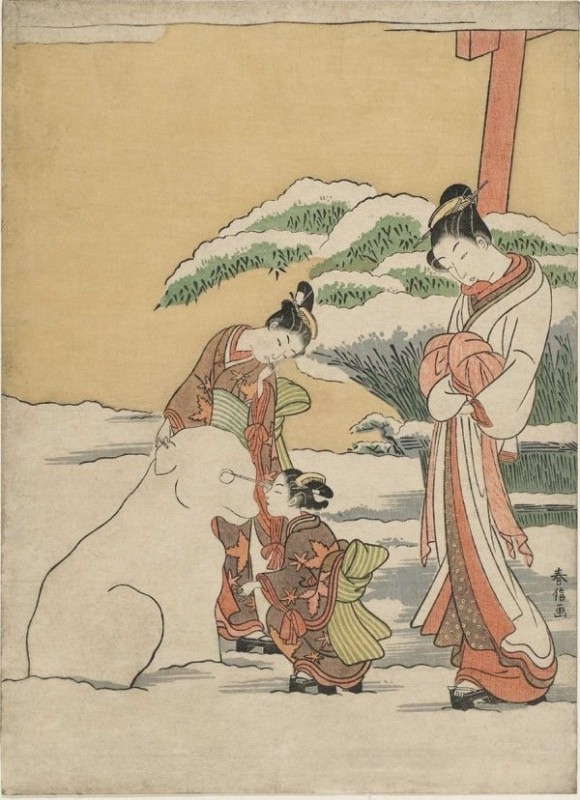
Cute ukiyoe to celebrate the late snow event in... tanuki☼kimono
Ukiyo-e is a Japanese art form that was popularized in the 17th century and circulated widely through the 19th century. Ukiyo-e art which translates to English as "pictures from the floating world," often focuses on the hedonistic aspect of Japanese life during the Edo period, and the beauty of the country's natural landscapes..
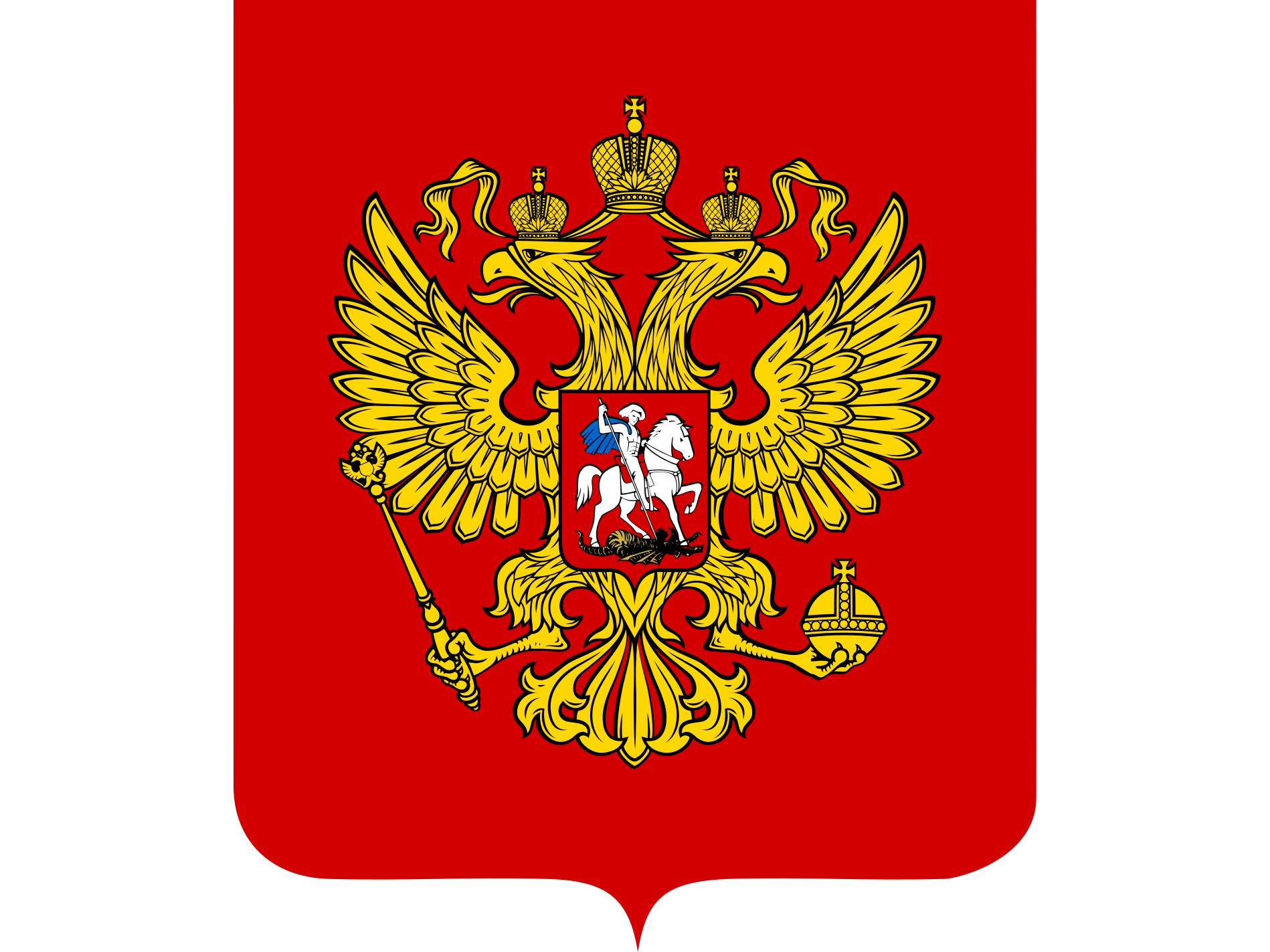
tanuki01 WTF with Phil Roberts
Ukiyo-e (Japanese woodblock prints) Ukiyo-e is a genre of the pictorial arts established during the Edo period. The word "ukiyo" (this life) also means "modern," and Ukiyo-e refers to Fuzokuga, in which paintings depicts the manners and customs of the day. while Ukiyo-e is descended from Yamato-e painting (a traditional Japanese style painting of the late Heian and Kamakura periods dealing.

JAPANESE BEAUTY DESIGN UKIYOE 歌川国芳, 日本画, 浮世絵
Results for 'Tanuki'. 28 prints found. Viewing prints 1 to 28. Yoshitoshi MFA. Nishijima Katsuyuki Artelino. Hasegawa Konobu Artelino. Nishijima Katsuyuki Artelino. Shigemasa MFA. Suizan Ohmi.

Tanuki, o personagem mais brincalhão do folclore japonês MundoNipo
The magical attributes of tanuki. In the Edo period, tanuki, at the heart of many legends, suddenly became very popular; so much so that it becomes a recurring theme of ukiyo-e prints. A changeling creature, he also has a curious and humorous characteristic: an oversized scrotum.

Utagawa Kuniyoshi Tanuki Hunting with Nets (Tanuki no amiuchi) (T) and
Artist: Utagawa Kuniyoshi Title: Tanuki Fortuneteller (Tanuki no uranai) (T) and Tanuki Shop Signs (Tanuki no kanban) (B), from an untitled series of Tanuki (Raccoon-dogs) Date: 1843-44 Details: More information. Source: Museum of Fine Arts Browse all 37,142 prints. Download Image
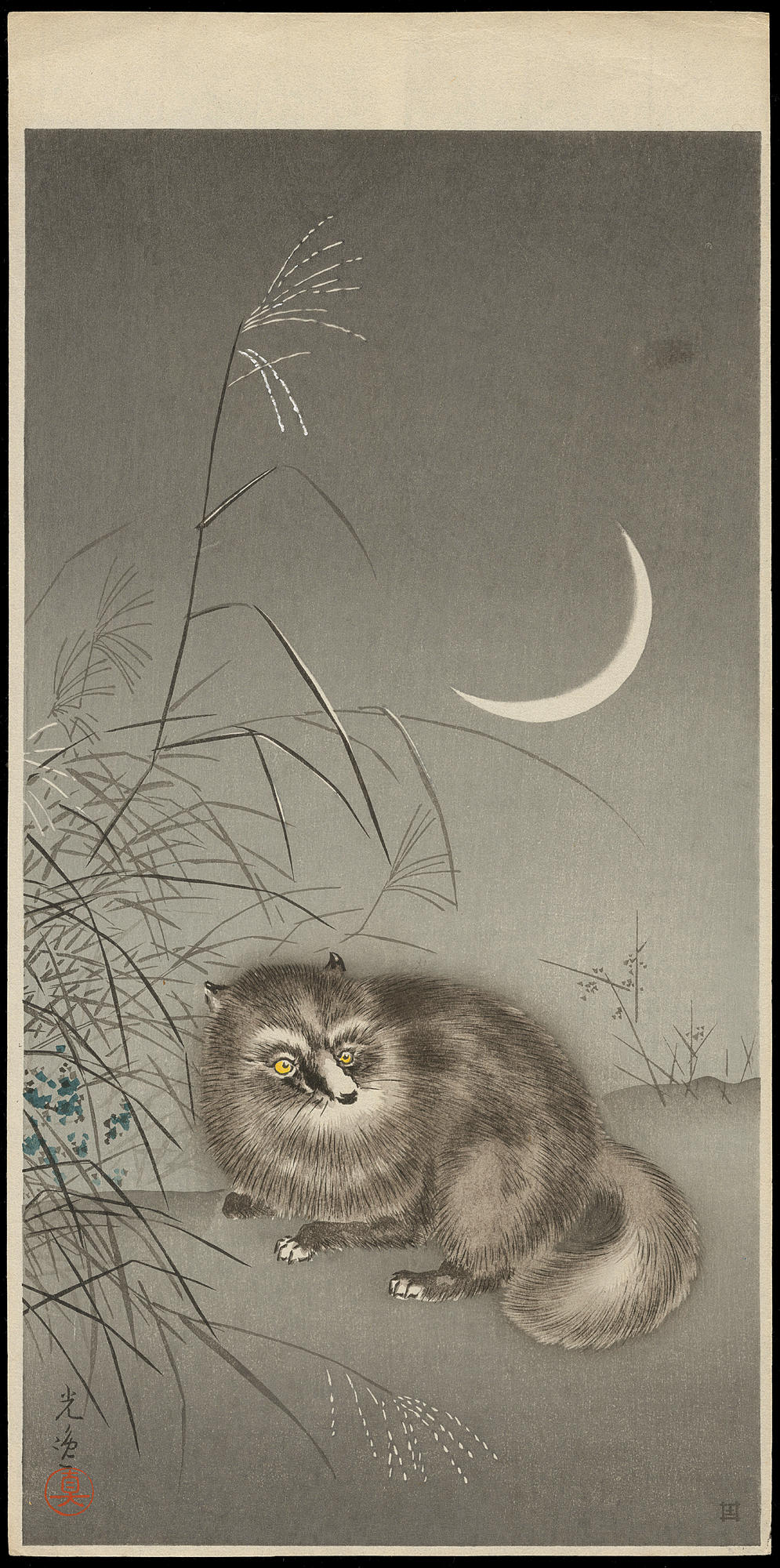
Tsuchiya Koitsu Tanuki (Racoon Dog) 狸 (1) Ohmi Gallery Ukiyoe
Toggle navigation Ukiyo-e Search. Sources;. Artist: Adachi Ginko. Title: Racoon-dogs Moving House (Tanuki no hikikoshi), from the album Tawamure-e (Playful Pictures) Date: 1884-85. Details: More information. Source: Museum of Fine Arts Browse all 37,142.

Ukiyo e, estampes japonaises gravées sur bois Ukiyo e 01 474x700
Tanuki moving house, by Adachi Ginko, 1884, via ukiyo-e.org The first, and possibly one of the most widely known youkai, is the raccoon dog, also known as Tanuki in Japanese folklore. Although tanuki are real animals found in the Japanese wild, they have inspired many legends and folktales in Japanese mythology about the so-called Bake-danuki.